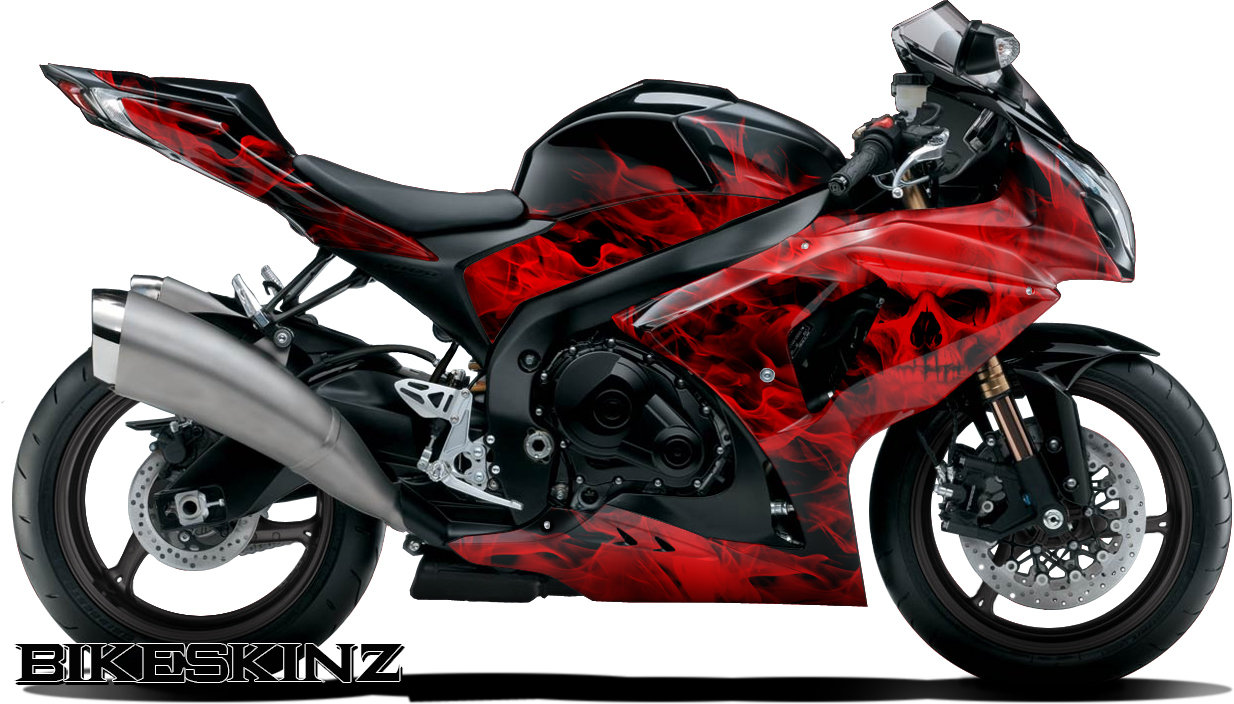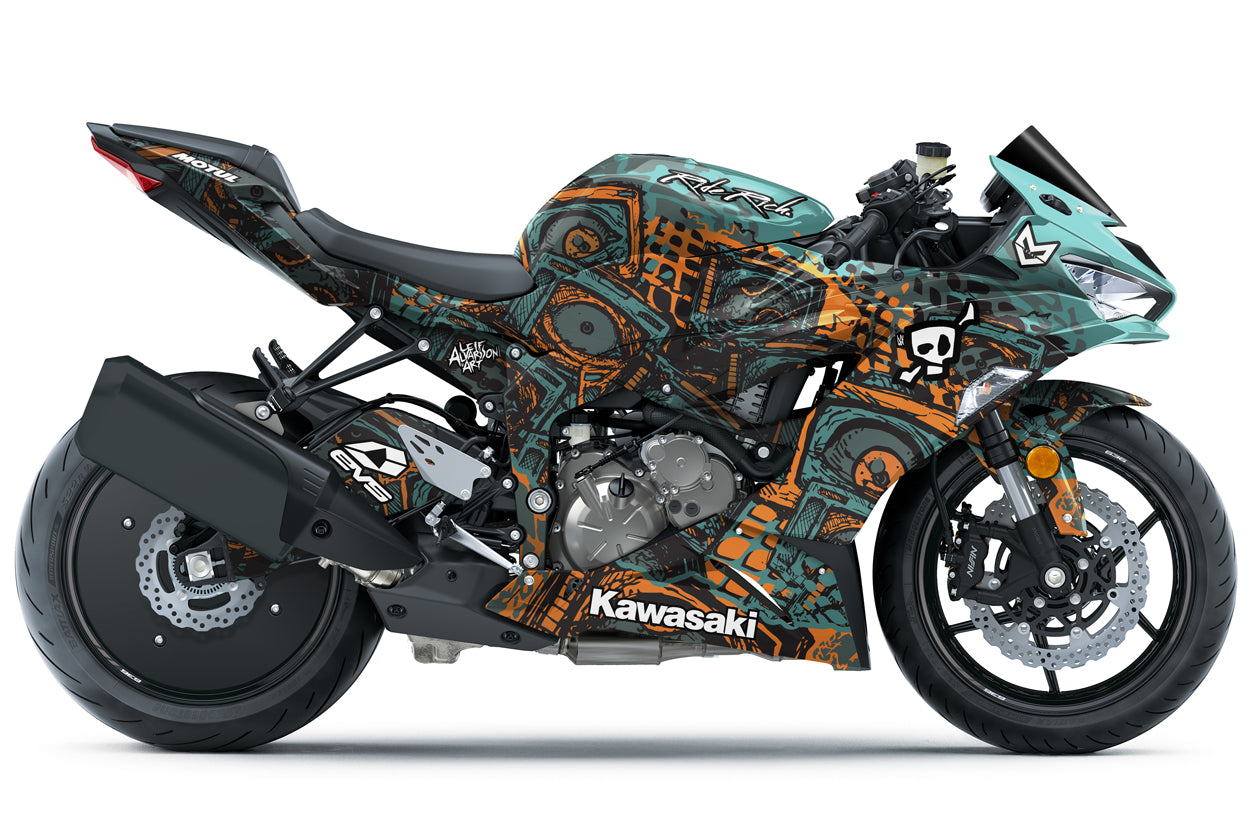Motorcycle graphics Wrap: A Comprehensive Guide
Motorcycle wraps have revolutionized the way riders personalize their bikes. From subtle color changes to eye-catching custom designs, vinyl wraps offer a versatile and temporary alternative to traditional painting. This comprehensive guide delves into the world of motorcycle graphics wraps, covering everything from the benefits and materials to the application process and maintenance.
What are Motorcycle Graphics Wraps?
A motorcycle graphics wrap is a thin, adhesive vinyl film that is applied directly to the painted surface of a motorcycle. These wraps can be printed with virtually any design, color, or graphic, allowing riders to express their individuality and create a truly unique look for their bikes. Unlike paint, wraps are removable, offering flexibility and preserving the original paint underneath.

Benefits of Wrapping Your Motorcycle
Wrapping your motorcycle offers a multitude of advantages:
Customization: Wraps provide limitless design possibilities. You can choose from existing designs, collaborate with a designer to create a custom look, or even use your own artwork. This level of personalization is unmatched by traditional painting.
Types of Vinyl Used for Motorcycle Wraps

Several types of vinyl are used for motorcycle wraps, each with its own characteristics:
Cast Vinyl: This is the most common and recommended type of vinyl for motorcycle wraps. Cast vinyl is thin, durable, and conformable, making it ideal for complex curves and intricate designs. It also has a longer lifespan than other types of vinyl.
The Motorcycle Wrapping Process
Wrapping a motorcycle is a meticulous process that requires skill and patience. It is generally recommended to have the wrap installed by a professional, but experienced DIYers can also tackle the project. The process typically involves the following steps:
Preparation: The motorcycle is thoroughly cleaned and any imperfections in the paint are addressed. Wax and other contaminants are removed.
Tools and Materials Needed for DIY Wrapping
If you decide to wrap your motorcycle yourself, you will need the following tools and materials:
Vinyl Wrap: Choose high-quality cast vinyl specifically designed for vehicle wraps.
Choosing a Motorcycle Wrap Installer
If you choose to have your motorcycle wrapped by a professional, it is important to select a reputable installer. Look for installers with experience in motorcycle wrapping and ask to see examples of their work. Check online reviews and ask for referrals from other riders.
Cost of Motorcycle Wraps
The cost of a motorcycle wrap can vary depending on several factors, including the size of the bike, the complexity of the design, the type of vinyl used, and the installer’s rates. Generally, you can expect to pay anywhere from a few hundred to several thousand dollars for a professional motorcycle wrap. DIY wraps can be less expensive, but they require more time and effort.
Maintaining Your Motorcycle Wrap
Proper maintenance is essential to prolong the life of your motorcycle wrap. Here are some tips:
Regular Washing: Wash your motorcycle regularly with a mild soap and water solution. Avoid using harsh chemicals or abrasive cleaners.
Designing Your Motorcycle Wrap
The design possibilities for motorcycle wraps are endless. You can choose from existing designs, work with a designer to create a custom design, or even use your own artwork. Consider the style of your motorcycle and your personal preferences when choosing a design.
Removing a Motorcycle Wrap
Removing a motorcycle wrap is generally a straightforward process, but it requires patience and care. It is best to warm the vinyl with a heat gun to loosen the adhesive before peeling it off. Any remaining adhesive can be removed with a specialized adhesive remover.
Conclusion
Motorcycle graphics wraps offer a fantastic way to personalize your ride and protect its original paint. Whether you choose a simple color change or a complex custom design, a motorcycle wrap can transform your bike into a unique reflection of your style. By understanding the different types of vinyl, the application process, and proper maintenance techniques, you can ensure a long-lasting and stunning finish for your motorcycle.
motorcycle graphics wrap
